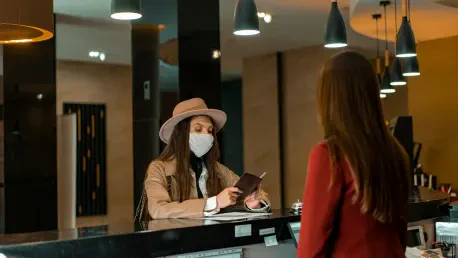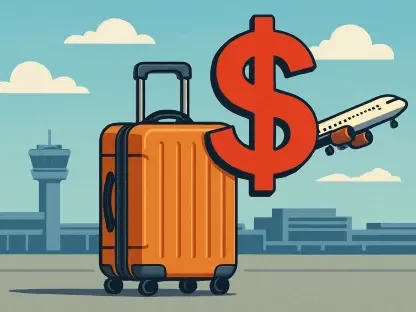Could New York City’s latest hotel regulation alter landscapes beyond industry boundaries? As this metropolis, a titan in global tourism, tightens its hotel standards, it embarks on an unprecedented journey amid the post-pandemic rebuild. Known for their hustle and resilience, New York’s hospitality firms now confront both opportunity and challenge, charting new paths under this legislative overhaul.
Why This Matters
Tourism is the lifeblood of New York City, a sector employing thousands while pumping billions into the local economy. Yet, even a powerhouse like New York was not immune to the pandemic’s fallout, having experienced a substantial blow to tourism numbers and employment rates. Rising concerns regarding hotel safety and the quality of working conditions have since nudged policymakers into action, leading to the Safe Hotels Act—a pivotal response aiming to confront modern hospitality challenges head-on.
Dissecting the Safe Hotels Act
The Safe Hotels Act, implemented to enhance safety and welfare standards within New York’s hotels, brings a set of notable changes. Hotels with 100 rooms or more face new staffing mandates, requiring the direct hiring of critical staff such as housekeepers and front desk personnel, without relying on contractors. This regulation involves a biennial $350 licensing fee and strict safety protocols, aiming to create a more secure environment for both workers and travelers. While these measures promise enhanced safety and improved working conditions, they introduce operational hurdles such as increased costs and staffing challenges prevalent since the pandemic. Yet, exemptions exist—hotels with fewer than 100 rooms and existing contracts specific to staff hiring conditions find leeway within the legislation.
Diverse Perspectives Old and New
City leaders, including NYC Mayor Eric Adams and Councilmember Julie Menin, stand firmly by the Act, lauding its potential to elevate safety and workforce protection standards. However, dissent arises from industry voices like the American Hotel & Lodging Association’s Kevin Carey, who fears economic fallout and significant burdens on small and minority-owned hotels. These industry representatives argue the measure amplifies existing economic strains, potentially inflating operational costs and affecting traveler expenses. Anecdotes from hotel employees and managers reflect a mixed reception; some advocate for better conditions, while others express concern over the operational viability and cost implications.
Navigating New Terrain
Faced with these new guidelines, hotel operators must strategize effectively to comply and remain competitive. Key efforts may include ramping up recruitment to meet direct hire requirements and recalibrating financial frameworks to accommodate the increased costs. For travelers, the legislation’s intent to improve hotel conditions provides assurance, guiding them toward hotels committed to compliance and elevated safety standards. Ensuring tourists derive tangible benefits from these regulations involves strategies for maintaining affordability while increasing service quality.
Vision Forward
As the legislation settles into practice, its repercussions on city tourism and hospitality remain keenly observed. Though stakeholders initially flagged concerns, the possibility of better working environments and enhanced guest experiences became apparent, suggesting a road map for a stronger industry. Looking ahead, assessments of the Safe Hotels Act’s impact might enable further refinements, balancing industry needs with safety imperatives. As such, stakeholders await future evaluations and adjustments, contemplating how best to nurture growth while safeguarding New York City’s vibrant tourism sector.









